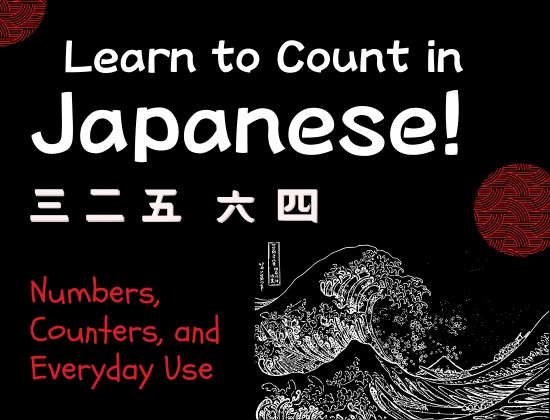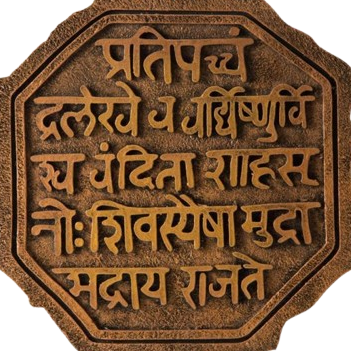
Learn to Count in Japanese: Numbers, Counters, and Everyday Use
.
Learning to count in Japanese is more than just memorizing numbers, it's the first step toward mastering a language that's rich in culture, structure, and everyday application. Whether you're preparing for the JLPT, planning a trip to Japan, or simply fascinated by the language, knowing how to count is essential.
At The Language Skool (TLS), we make learning Japanese fun, practical, and interactive. Let's break down how to count in Japanese, understand the use of counters, and explore how numbers are used in real-life situations.
Why Learning Numbers in Japanese is Important
Japanese numbers appear in every aspect of daily life from shopping to scheduling, from ordering food to navigating transportation. Unlike English, where we use the same numbers across the board, Japanese uses counters with special words that follow numbers to describe quantities of objects, people, time, and more.
Basic Japanese Numbers: 1 to 10
Here are the core numbers every beginner should know:
|
Number |
Japanese |
Pronunciation |
|
1 |
一 |
ichi |
|
2 |
二 |
ni |
|
3 |
三 |
san |
|
4 |
四 |
yon / shi |
|
5 |
五 |
go |
|
6 |
六 |
roku |
|
7 |
七 |
nana / shichi |
|
8 |
八 |
hachi |
|
9 |
九 |
kyuu / ku |
|
10 |
十 |
juu |
Note: Some numbers have multiple readings (e.g., 4 and 7). Context usually determines the correct one to use.
Going Beyond: Tens, Hundreds, and Thousands
Counting higher is quite logical in Japanese:
-
11 = juu + ichi → 十一 (juuichi)
-
20 = ni + juu → 二十 (nijuu)
-
100 = 百 (hyaku)
-
1,000 = 千 (sen)
-
10,000 = 万 (man)
The Challenge of Japanese Counters
This is where things get interesting and sometimes tricky. Japanese uses specific counters depending on the type of object you're counting:
|
Counter |
Used For |
Example |
|
~人 (~nin) |
People |
三人 (sannin) – 3 people |
|
~本 (~hon) |
Long objects |
二本 (nihon) – 2 bottles/pens |
|
~枚 (~mai) |
Flat items |
一枚 (ichimai) – 1 sheet of paper |
|
~匹 (~hiki) |
Small animals |
五匹 (gohiki) – 5 cats |
|
~台 (~dai) |
Machines |
二台 (nidai) – 2 cars |
|
~個 (~ko) |
Small round things |
四個 (yonko) – 4 apples |
|
~時 (~ji) |
Time (o'clock) |
一時 (ichiji) – 1 o'clock |
Real-Life Examples of Japanese Numbers in Use
-
Shopping: “りんごを三個ください。” (Ringo o sanko kudasai) – "Please give me three apples."
-
Time: “今は六時です。” (Ima wa rokuji desu) – "It’s 6 o’clock."
-
Age: “私は二十歳です。” (Watashi wa hatachi desu) – "I’m 20 years old."
(Note: “Hatachi” is a unique reading for 20 years old.) -
Phone Numbers: Digits are read individually. 090-1234-5678 is read as zero kyuu zero – ichi ni san yon – go roku nana hachi.
Start Counting Your Wins in Japanese with TLS
Counting in Japanese is a foundational skill and we make sure you master it step-by-step. Whether you’re learning for career growth, cultural connection, or academic goals, TLS is your trusted partner in Japanese fluency.
Ready to begin your journey?
Join TLS and start speaking Japanese with confidence, from ichi to man!












